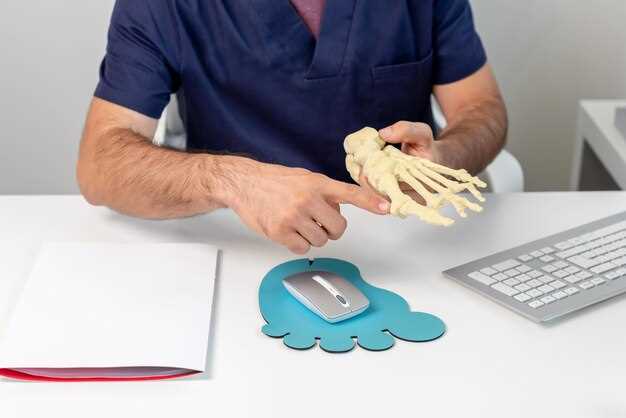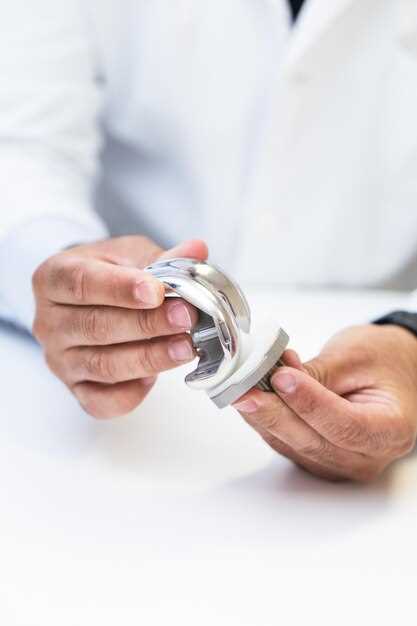

The drivetrain is a critical component of any vehicle, as it is responsible for transferring power from the engine to the wheels. One of the key elements within this system is the CV joint, or constant velocity joint. Understanding the functionality of CV joints is essential for anyone who wishes to maintain and enhance their vehicle’s performance.
CV joints play a vital role in ensuring smooth power delivery, particularly during acceleration and cornering. Unlike traditional universal joints, CV joints provide a more consistent rotational speed, regardless of the angle at which they operate. This capability is particularly important in front-wheel-drive vehicles and those with independent suspension systems, where the drivetrain must navigate varying angles and distances.
Exploring how CV joints work and their significance in the drivetrain assists in recognizing signs of wear and potential failure. Regular maintenance and a comprehensive understanding of these components can greatly enhance the longevity and efficiency of a vehicle. In this article, we will delve into the types of CV joints, their construction, and the common issues associated with them, providing a thorough overview for automotive enthusiasts and professionals alike.
Types of CV Joints and Their Specific Applications

CV joints, or constant velocity joints, are crucial components in the drivetrain of front-wheel drive and all-wheel drive vehicles. They provide flexibility in angles while maintaining a constant rotational speed, which is essential for smooth power transfer. There are several types of CV joints, each designed for specific applications and operational conditions.
The most common type is the ball joint, typically found in passenger cars. Ball CV joints consist of a spherical inner component and an outer race, allowing significant angular movement. They are ideal for applications where tight turns and varying ride heights are frequent, such as in compact cars.
Another prevalent type is the tripod joint, which features three prongs that allow for a greater range of motion. This joint is often used in vehicles with a more extensive suspension travel, such as SUVs and light trucks. The design accommodates varying angles, making it suitable for off-road applications where terrain can dramatically change the vehicle’s stance.
Additionally, many performance vehicles utilize high-speed CV joints, designed for high torque and speed applications. These joints have a more robust construction to withstand the increased forces during rapid acceleration and cornering. They are crucial in motorsports or any performance-oriented driving where precision and power delivery are vital.
Lastly, there are double offset joints, which combine features of both ball and tripod joints. These joints are particularly beneficial in custom applications or modified vehicles where traditional designs may not suffice. Their flexibility makes them a popular choice in automotive tuning and racing circles.
Each type of CV joint has unique characteristics that cater to various vehicle designs and driving conditions. Understanding these specifics allows for better selection and maintenance, ultimately enhancing vehicle performance and longevity.
Common Symptoms of Failing CV Joints
CV joints, or constant velocity joints, are essential components in a vehicle’s drivetrain, allowing power to be transferred from the transmission to the wheels while accommodating suspension movement. Failing CV joints can lead to noticeable performance issues, and recognizing the symptoms early can prevent further damage.
One of the first signs of a failing CV joint is a clicking or popping noise when turning. This sound indicates that the joint is worn out and may not be moving smoothly, creating an audible indication of its deterioration.
Another symptom is vibrations felt in the steering wheel or throughout the vehicle, especially at higher speeds. These vibrations suggest that the CV joint is not functioning correctly, leading to an unbalanced state when the vehicle is in motion.
Furthermore, grease leakage is a critical sign of a failing CV joint. If the protective boot surrounding the joint becomes torn or damaged, grease will escape, resulting in inadequate lubrication and accelerated wear. It’s essential to inspect the CV boots regularly for cracks or tears.
Lastly, uneven tire wear can also point to potential issues with CV joints. If the joints are malfunctioning, they can lead to misalignment, ultimately causing tires to wear unevenly. It’s advisable to have the CV joints inspected if you notice this symptom.
Maintenance Tips for Prolonging CV Joint Life

To ensure the longevity of your CV joints, it is crucial to adopt a regular maintenance routine. Proper care not only enhances the performance of your vehicle’s drivetrain but also prevents costly repairs down the line.
First and foremost, regularly inspect the protective boots that cover the CV joints. These boots are essential in keeping dirt, debris, and moisture away from the joint itself. Look for any signs of cracks, tears, or grease leakage. If you notice any damage, replace the boot immediately to avoid exposing the joint to harmful elements.
Ensure that the CV joint is properly lubricated. Most CV joints come pre-greased and sealed, but over time, the grease can degrade. If servicing is required, use manufacturer-recommended grease to prevent any incompatibility issues that could lead to premature failure.
Another vital aspect of maintenance involves monitoring your vehicle’s alignment. Poor alignment can lead to uneven wear and excessive strain on the CV joints. Regular wheel alignments not only contribute to better handling but also prolong the life of the drivetrain components.
When driving, be cautious during sharp turns or when navigating uneven surfaces, as excessive strain can deteriorate the CV joints. Avoid sudden accelerations or aggressive driving habits that can increase stress on the drivetrain and joints.
Lastly, consider having your vehicle inspected regularly by a qualified mechanic, especially if you notice unusual noises like clicking or popping when turning. Early detection of issues can save you time and money and allow for timely repairs before they escalate.
By implementing these maintenance tips, you can significantly extend the lifespan of your CV joints, ensuring optimal performance of your vehicle’s drivetrain.







